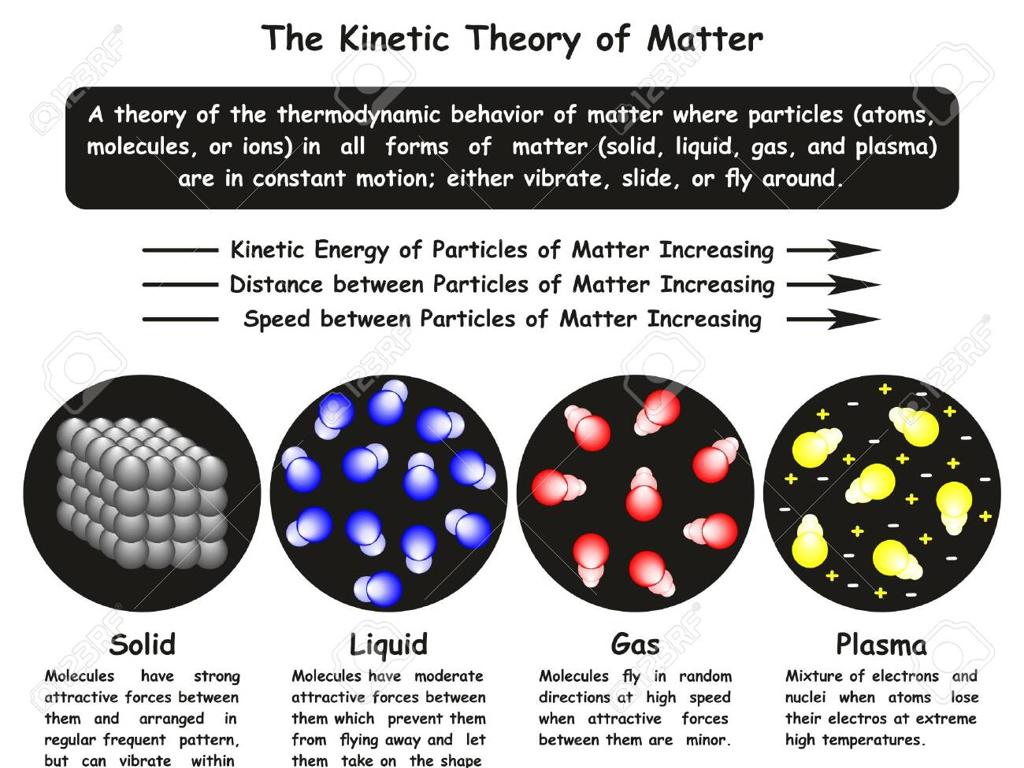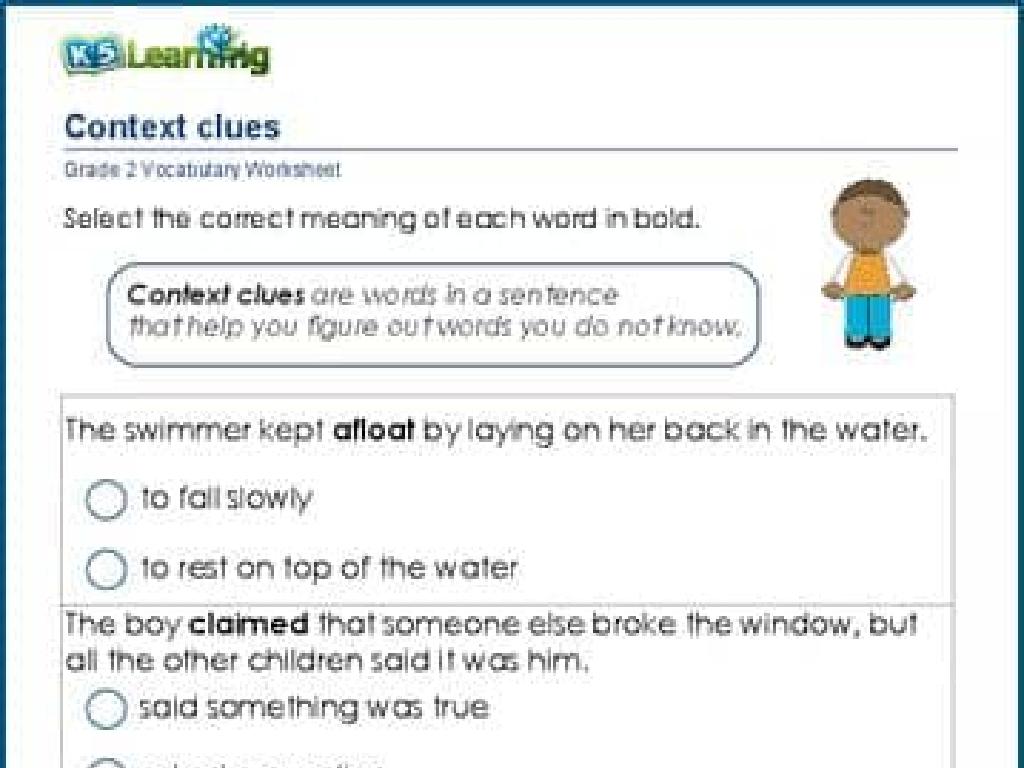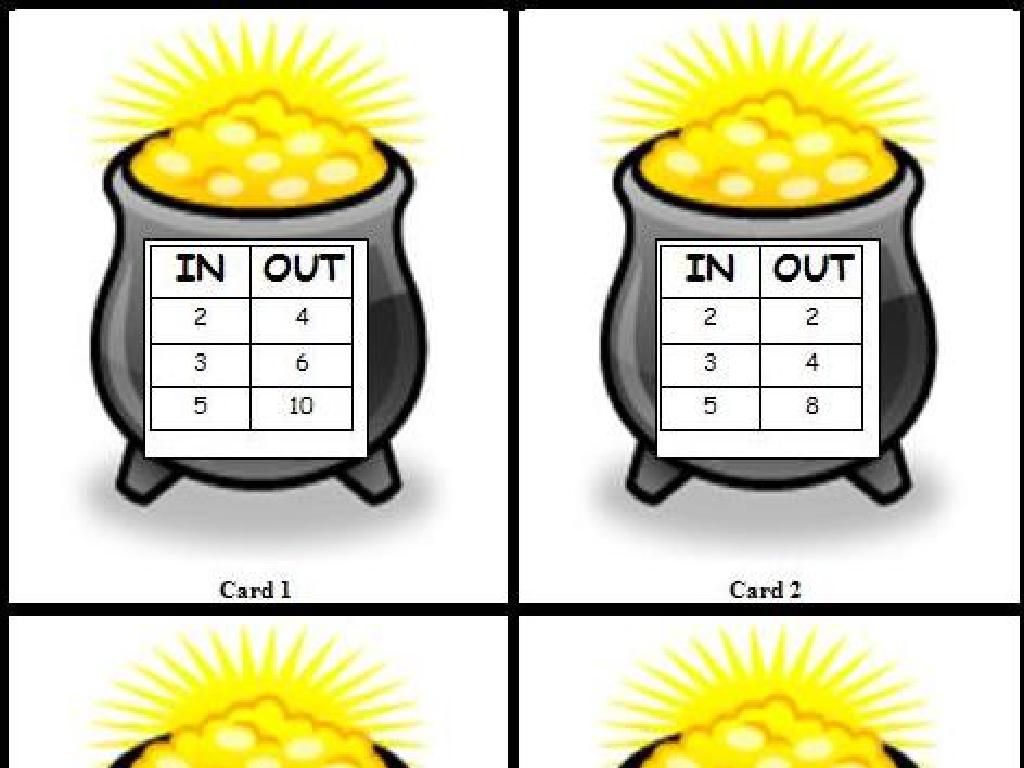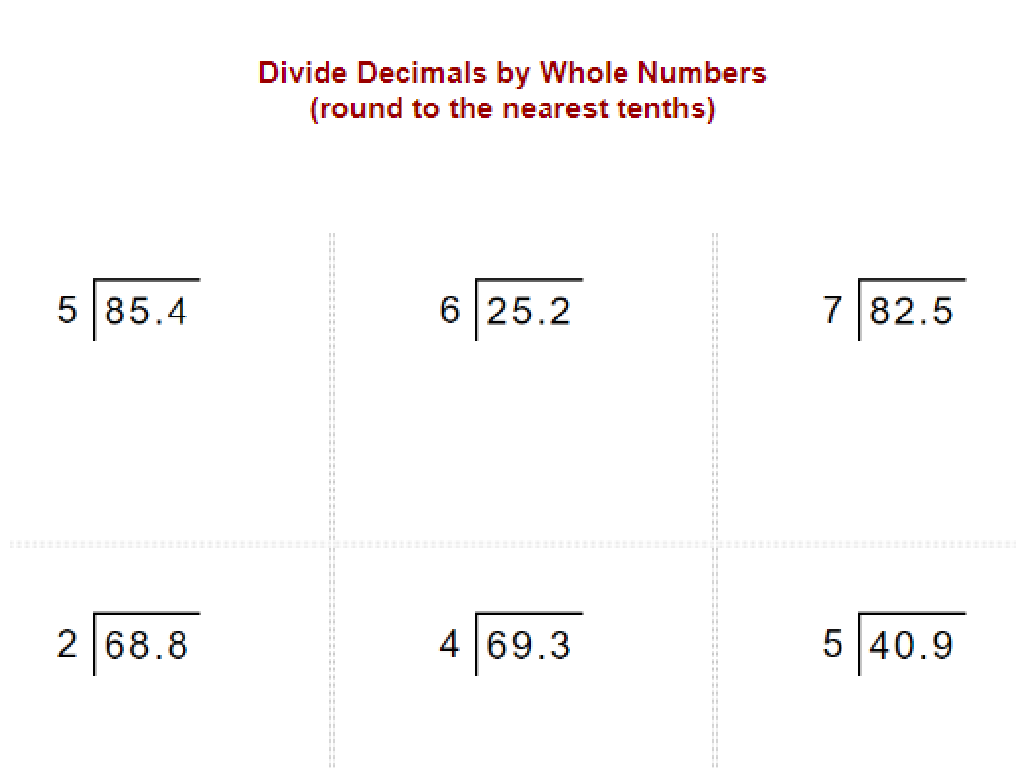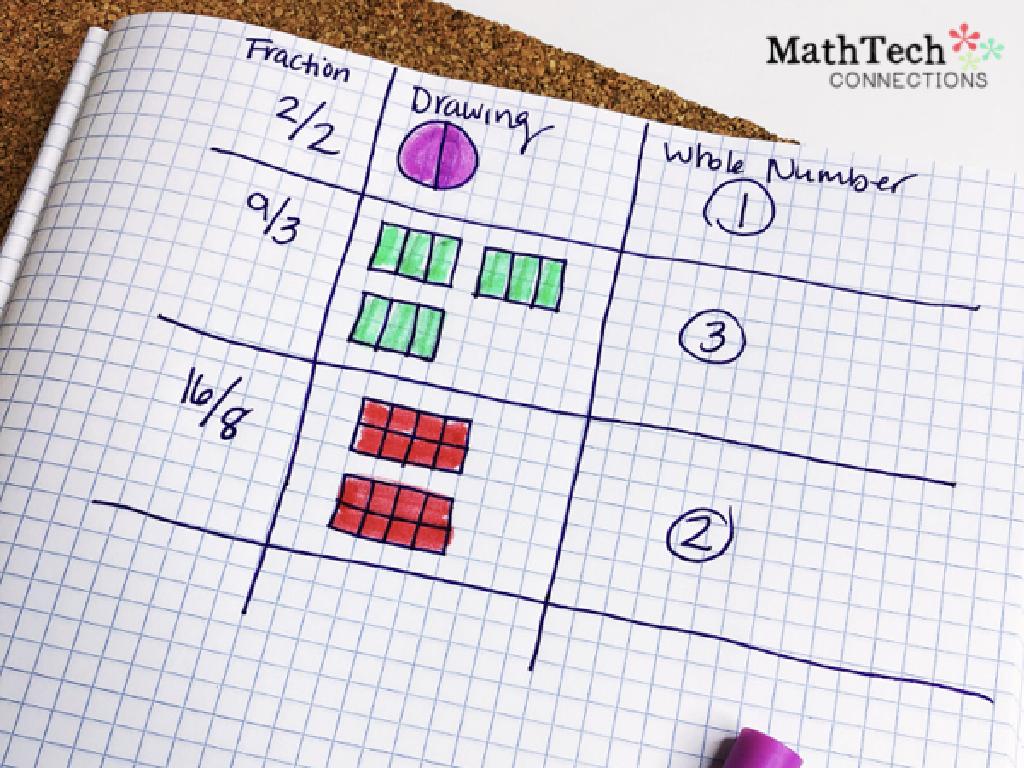The Middle Ages After 1100
Subject: Social studies
Grade: Seventh grade
Topic: Medieval Europe
Please LOG IN to download the presentation. Access is available to registered users only.
View More Content
Exploring the Middle Ages after 1100
– The Middle Ages: An overview
– A period between ancient and modern times, marked by feudalism, the church, and castles.
– Timeline: 5th to 15th century
– Spanning 1000 years, this era saw significant historical events and cultural shifts.
– Post-1100: A new medieval era
– The time after 1100 brought the Crusades, Gothic architecture, and universities.
– Societal changes and advancements
– Society evolved with new technology, trade growth, and the rise of towns and guilds.
|
This slide introduces students to the Middle Ages, a pivotal period in European history. It’s important to highlight the broad timeline from the 5th to the 15th century, setting the stage for understanding the significant changes that occurred after 1100. This era witnessed the Crusades, the development of Gothic architecture, and the founding of the first universities. Emphasize the transformation in society, including technological advancements, increased trade, and the emergence of towns and guilds, which laid the groundwork for the Renaissance. Encourage students to think about how these changes might have affected people’s daily lives and the course of European history.
Feudalism and Society in Medieval Europe
– The hierarchy of the Feudal System
– Kings at the top, followed by lords, knights, and peasants at the bottom
– Roles within feudal relationships
– Lords owned land, knights provided military service, peasants worked the land
– Manorialism and land management
– Manorialism was the system where lords managed estates and peasants worked the land
– Economic and social implications
– This system shaped medieval economy and defined social classes
|
This slide introduces students to the structure of feudal society and the concept of manorialism during the Middle Ages after 1100. It’s important to emphasize the rigid social hierarchy and the roles each class played within the system. Kings granted land to lords, who in turn provided military support through their knights. Peasants, or serfs, worked the land to sustain the manor and received protection from the lord. Manorialism was the economic backbone of feudalism, with the manor being the lord’s estate where peasants worked. Discuss how this system influenced the social and economic aspects of medieval life, leading to a society that was highly structured and dependent on land as the primary resource.
The Power of the Church in Medieval Europe
– Catholic Church’s pivotal role
– The Church guided spiritual and social life, often influencing kings and policies.
– Monasteries: hubs of knowledge
– Monasteries preserved knowledge, educated monks, and advanced agriculture.
– Convents’ contribution to society
– Convents provided education for women and served the needy.
– Church’s influence on life and politics
– Church laws affected daily activities, and bishops held significant political power.
|
This slide explores the profound influence of the Catholic Church during the Middle Ages after 1100. Emphasize the Church’s role as a spiritual authority and its impact on European governance and society. Monasteries and convents were not only religious institutions but also centers for education, learning, and charity, playing a crucial role in the preservation and dissemination of knowledge. The Church’s reach extended into the daily lives of people, affecting social norms, laws, and even the political landscape, with clergy often acting as advisors to monarchs. Encourage students to consider how religion and politics were intertwined and how this relationship shaped the development of Medieval Europe.
Knighthood and Warfare in the Middle Ages
– Steps to knighthood
– Page, Squire, then Knight: Training started young
– Chivalry: Knights’ code
– Honor, courage, and protecting the weak
– Medieval armor and weapons
– Chainmail to plate armor; swords to lances
– Conducting warfare
– Strategies included sieges and pitched battles
|
This slide delves into the militaristic aspect of the Middle Ages, focusing on the journey to becoming a knight, the ethical code they followed, and the tools and strategies of warfare. Knighthood began with training as a page, then as a squire, before being knighted. Chivalry was the moral and social code knights were sworn to uphold, emphasizing virtues like bravery and gallantry. Armor evolved from chainmail to full plate armor, and weaponry ranged from swords to longbows. Warfare tactics were diverse, including castle sieges and open-field battles. Encourage students to consider how these elements shaped the social and political landscape of Medieval Europe.
Medieval Culture and Daily Life
– Life in a medieval village
– Villagers worked the land, tended animals, and maintained homes.
– Arts: Music, literature, tournaments
– Minstrels, troubadours, jousting, and fairs were popular entertainment.
– Education in the Middle Ages
– Monasteries, cathedrals, and guilds provided limited educational opportunities.
– Guilds: Trade and craftsmanship
– Guilds regulated trades, ensuring quality and supporting apprenticeships.
|
This slide explores various aspects of medieval culture and daily life after 1100. Discuss the self-sufficient nature of medieval villages, where most residents were involved in agriculture. Highlight the importance of arts in medieval society, including the role of music, literature, and tournaments as forms of entertainment and social gatherings. Address the limited educational opportunities available, primarily through religious institutions and guilds. Emphasize the role of guilds in maintaining trade standards and fostering craftsmanship through apprenticeships. Encourage students to compare and contrast medieval life with modern life, considering the differences in daily activities, entertainment, education, and trade.
The Crusades: A Turning Point in Medieval History
– Understanding the Crusades
– A series of religious wars between Christians and Muslims for control of holy sites.
– Crusades’ impact on Europe & Middle East
– Trade routes opened, knowledge exchange, but also tension and hostility grew.
– Cultural exchanges during Crusades
– Introduction of new goods, ideas, and cultural practices between societies.
– Long-term consequences of Crusades
– Set the stage for later conflicts, influenced exploration, and shaped modern relations.
|
The Crusades were a series of religious wars initiated by the Christian states of Europe against the Muslim territories, primarily to regain control of holy sites in the Middle East. These wars had a profound impact on both European and Middle Eastern societies, leading to significant cultural exchanges and long-lasting consequences. The Crusades opened up trade routes, facilitated the transfer of knowledge, and introduced new cultural practices. However, they also sowed seeds of tension and hostility that would have enduring effects. In this lesson, students will explore the complex legacy of the Crusades, understanding how they shaped the geopolitical landscape of the time and left a mark on the world that can still be felt today.
Class Activity: Living in the Middle Ages
– Role-play different social classes
– You might be a noble, knight, peasant, or artisan.
– Discuss class-based life differences
– Think about access to food, clothing, shelter, and work.
– Group presentation on daily life
– Show a typical day for your character, from morning to night.
– Reflect on the social class experience
|
This activity is designed to immerse students in the social dynamics of the Middle Ages after 1100. By role-playing, students will gain a deeper understanding of the hierarchical structure of medieval society and how one’s social class could greatly influence their daily life, opportunities, and freedoms. Teachers should prepare role cards in advance, describing the social status, occupation, and daily responsibilities of each class. During the discussion, guide students to consider the disparities between classes. For the group presentation, students can use props or costumes to enhance their storytelling. Encourage creativity and ensure that each student participates actively. Possible roles include nobles, clergy, knights, merchants, artisans, peasants, and serfs. This activity will help students empathize with people from the past and recognize the long-term effects of social class systems.

